Florida landfills (part of 9)
In the southwestern part of Florida, there is a marine base aviation Naval Air Station Key West. A naval base was established in the area to counter piracy in 1823. It was significantly expanded in 1846 during the Mexican-American War. During the American-Spanish War of 1898, the entire American Atlantic fleet was based here. During the First World War, seaplanes and airships were based at Key West. They were supposed to oppose the German submarines off the coast of Florida. Before the surrender of Germany, more than 500 naval pilots and aviation specialists were trained at the base.
The first Coast Guard aircraft deployed at Key West was the float biplane Curtiss N-9, arrived 22 September 1917 of the year. Two-seater aircraft with a hp 150 water-cooled engine. developed a maximum speed of 126 km / h.
Patrol "Curtiss" were attracted to search for German submarines, surfaced to charge the batteries. At first glance it may seem that a fragile biplane armed with a single machine gun did not pose a particular threat to enemy submarines, but at the disposal of the observer there were several light bombs. Due to the low speed of the aircraft on tests, manually dropped bombs could be put in a circle with a diameter of 5 meters. In the case of an attack from a surfaced submarine, even these small-caliber bombs posed a real danger to her.
In the interwar period, the naval aviation station "Key West" continued to remain a training center for the training of pilots, observer pilots and technicians. 15 December 1940, the base has become one of the main training points for naval aviation, and large-scale construction of runways and technical hangars began here.
By 1943, the main capital facilities of the air base took on the current look. Capital hangars and three concrete lanes were built in Key West: one with a length of 3048 m and two along the 2134 m.
Flight and technical personnel were trained at the base for hydroaviation, coastal and deck-based aircraft. In 1943, coastal anti-submarine Douglas B-18 Bolo and Consolidated PBY-5 Catalina hydroplanes tracked down German submarines off the coast of Florida.
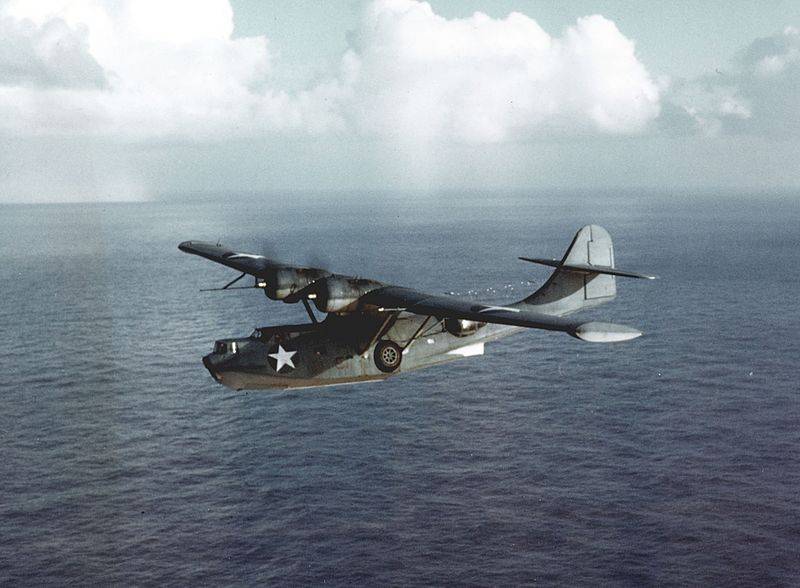
After the end of the war, the base continued to be used for training naval aviation personnel. In 1946, the 1 th test squadron of the “Operational and Combat Test Center of Naval Aviation” was formed here. This unit was engaged in evaluating the effectiveness of anti-submarine weapons: acoustic buoys, helicopter-mounted hydrophones and anti-submarine torpedoes.
In the middle of 1962, the 671-I radar squadron serving the AN / FPS-37 radar and the AN / FPS-6 radio altimeter was deployed to Key West. After the start of the “Caribbean Crisis”, the air base became the leading edge of the Cold War. It was based here on the P-2 Neptune patrol aircraft and the P-5 Marlin hydroplanes participating in the blockade of Cuba.
Calculations radars deployed here were on duty in a state of high alert. They were assigned the task of detecting rocket launches and takeoff of Il-28 bomber from the “Island of Freedom”. To protect against front-line cruise missiles, the FKR-1 and bombers in the vicinity of the airbase deployed batteries of the Nike-Hercules and Hawk systems.
As you know, in 70-s almost all the positions of the air defense system in the continental part of the United States were dismantled. But in Florida, they persisted until the last moment, despite the fact that Soviet missiles were withdrawn from Cuba. Moreover, in the second half of the 60's, in Key West, the existing AN / FPS-67 circular radars and the AN / FPS-90 altimeters were upgraded and added. The Americans seriously feared the Soviet long-range Tu-95 bombers, which could use the Cuban runways as jump airfields. Operation of the AN / FPS-67 and AN / FPS-90 radars was completed in the 1988 year.
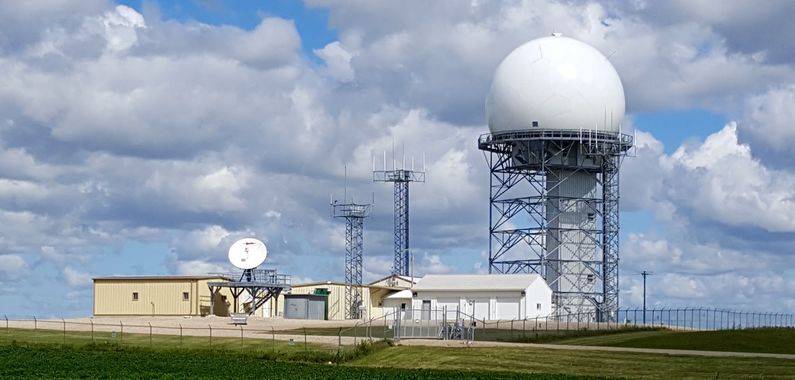
Now the airspace in this area is controlled by the ARSR-4 automated stationary three-coordinate radar with a range of detection of high-altitude targets 450 km.
In 1973, the headquarters of the 1 of the attack and reconnaissance wing settled at Key West. The aircraft wing was armed with reconnaissance aircraft: RA-5C Vigilante, TA-3B Skywarrior and TA-4F / J Skyhawk.
Separately, I want to stay on the plane RA-5C. To begin with, the Vigilant 60 was a unique machine. This large, heavy, and very high-tech for its time twin-engine, deck-based aircraft had outstanding flight data. During its creation, many technical solutions were used that were not previously used in other aircraft. To control the A-5 used electrical systems. For the first time in American aircraft, bucket-shaped adjustable air intakes were used. The Vigilant became the first carrier-based aircraft, which had an internal bomb bay, a wing without ailerons (instead of them interceptors and a differentially deflected stabilizer) and all-or-round vertical empennage.
For its size and mass, the A-5 had unexpectedly good maneuverability and could make supersonic throws when air defense was broken through. The aircraft with a maximum take-off weight of 28 550 kg had a combat range without PTB 1580 km. With the breakthrough of air defense in supersonic flight mode, the radius was 1260 km. At an altitude of 12000 meters, the aircraft developed the speed of 2124 km / h, on the ground - 1296 km / h. The widget flying at supersonic speeds in 60s was not vulnerable to interceptor fighters.
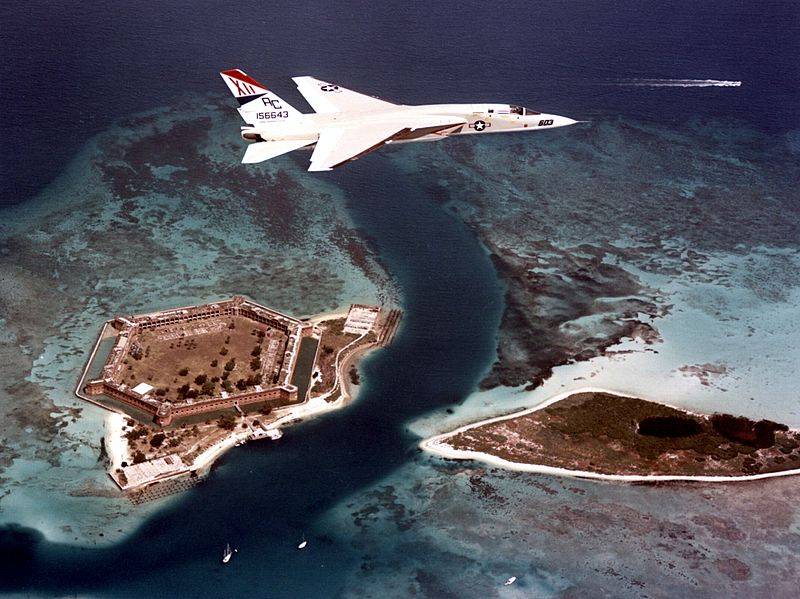
But, as is often the case, the price for high performance was a very complex and expensive service. A-5 was originally designed to deliver nuclear weapons, but the admirals of the US Navy in the context of the war in Indochina required a universal, simple and, if possible, inexpensive deck bomber. In addition, a fairly large "widget" took up too much space on the aircraft carrier. It was possible to place two Skyhawks on the same square.
As a result, the US Navy command preferred the Grumman A-6 Intruder as a deck bomber, and the existing Vigillents were converted into scouts. In this role, the plane was not bad. Also the fleet far fewer scouts were required than striking machines, and high operating costs did not play a decisive role. The low vulnerability of Vigilant from air defense systems in the target area was largely guaranteed by a high supersonic flight speed. Eight out of ten RA-5C reconnaissance squadrons participated in 32 combat campaigns of aircraft carriers. According to American data, 17 aircraft were lost from the effects of anti-aircraft guns and air defense systems in Vietnam, another Vigillent was shot down by an MiG-21 interceptor.
After the end of hostilities in Indochina, the decommissioning of RA-5C began. In peacetime, the maintenance of expensive and complex aircraft has become too burdensome. At the end of 70's, the Vigilantes from the decks of aircraft carriers for the most part migrated to coastal airfields, and in 1980, the last reconnaissance aircraft RA-5C was finally taken out of service.
In the middle of the 70-x from the naval base "Norfolk" in the "Key West" moved 33-I training squadron of electronic warfare. In Florida, the equipment and personnel of the EW squadron experienced new jamming equipment and imitated various radio electronic threats during the naval and naval aviation exercises. Some cars along with the insignia of the US Navy carried red stars.
The 33 Squadron had: 4 ERA-3B Skywarrior, 4 EA-4F Skyhawk, one copy of EF-4B and EF-4J Phantom II and one NC-121K Warning Star. In the SEC squadron were collected unique to the US Navy aircraft. So, in the ERA-3B Skywarrior version, the entire 8 aircraft were converted. All Skyhawks, modified for the production of radio-electronic interference, as well as the naval "Phantoms" of a similar purpose, were based in Key West. Until 1982, VAQ-33 operated the last piston giant Warning Star.
In 1978, in the 33 Squadron, four EA-6A Electric Intruder appeared, transmitted by the Marine Corps. These machines, like the ERA-3B, were the last used in the US Navy aviation until the liquidation of the October 1 squadron of the 1993 of October.
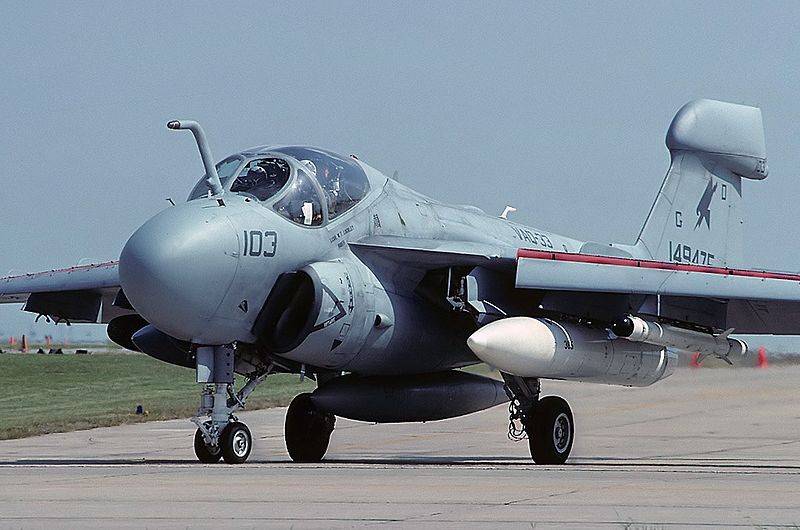
After the decommissioning of the NC-121K squadron received two aircraft EP-3J. These machines, re-equipped from anti-submarine P-3A Orion, were used in exercises to jam the ship’s radar and imitate the work of the radio-technical systems of the Soviet bombers. Until the moment of disbandment, 33-I EW squadron toured extensively in the US Navy aviation bases. Several times a year, electronic warfare aircraft participated in large-scale exercises held on the Eastern and West coasts of the United States, in Europe and Asia.
Due to favorable climatic conditions and a large number of sunny days a year, Key West has become the permanent home base for fighter-based fighters. In 70-80, the “Phantoms” of the 101 and 171 fighter squadrons were deployed here. In 1984, the F-4 Phantom II in Key West replaced the F-14 Tomcat, which were operated in Florida until 2005.
In 1999, the first F / A-18С / D Hornet 106 th strike fighter squadron settled in Key West. In 2005, the 106 Squadron received the F / A-18E / F Super Hornet. The main function of the 106 Squadron in the past was the training and training of pilots, retraining from other types of carrier-based aircraft. At the moment, on the "Hornet" and "Superhorntes", based in "Key West", new types of aviation weapons are being developed. In addition, the 106 squadron fighters, if necessary, are involved in air defense missions and interception of light aircraft, on which smugglers are trying to deliver cocaine to the United States.
Unique even by the standards of the United States aviation unit is the 45-I Fighter Squadron. After a collision in Vietnam with Soviet-made fighter aircraft, the admirals of the naval forces were surprised to find that most of the fighter pilots were not prepared to conduct close, maneuverable air combat. At the first stage, the main "sparring partner" of American aircraft in Vietnam was the subsonic MiG-17F. This seemingly hopelessly outdated fighter turned out to be an unexpectedly strong adversary. Powerful cannon armament and good horizontal maneuverability of the MiG-17F made it very dangerous at low and medium altitudes.
For training in close air combat, the US Navy has chosen specially modified Douglas A-4E / F Skyhawk as a conditional enemy. On the Skyhawks prepared for use as a mock enemy, they dismantled the built-in armament, bomb racks and armor protection and installed Pratt & Whitney J52-P-408 forced engines. At the same time, the Skyhawks of the 45th Fighter Squadron carried red stars and tactical numbers adopted by the USSR Air Force for greater realism.
Pilots of the highest qualification flew on the converted Skyhawks, and in a relatively short time they brought up the level of training of deck fighters pilots. This directly affected the results of real air contractions and losses in Vietnam. Naval pilots who flew the Phantoms showed better performance in aerial combat than pilots of the US Air Force.
Although most of the A-4 attack aircraft were decommissioned at the end of the 80's, these planes flew into Key West until the middle of the 90's. Along with the Skyhacks, the 45 Squadron used modified F-5E / F Freedom Fighter fighter jets, and, which is uncharacteristic for the US Navy, F-16N Fighting Falcon, which were lightweight F-16A.
In 1996, the 45 Squadron was disbanded due to the end of the Cold War and to save budget funds. However, it soon became clear that this decision was hasty. Through the 10 years, in November 2006, in Key West, a new 111 th Fighter Squadron was formed. As in the case of the 45 Squadron, the main purpose of the 111 th "reserve" was the training of pilots of the US Navy in close combat. Since most of the American Freedom Fighters had exhausted their resources by the end of the 90, and for training they needed an airplane unfamiliar to the naval pilots, it was decided to purchase second-hand X-NUMX F-32E / F in Switzerland.
Google Earth satellite image: F / A-18 С / D, F / A-18E / F and F-5N / F fighters parked at Key West base
The F-5N Fighter Modernization Program was launched in 2000 year. An upgraded version of the F-5N was assembled at Northrop Grumman from the out-of-life F-5E and delivered Swiss aircraft. This model is distinguished by dismantled weapons and systems necessary for its use, a reinforced airframe design and special digital equipment fixing flight parameters and the process of conducting an air combat training. The satellite navigation system and a multifunctional color display were introduced into the F-5N avionics, which made it possible to significantly improve the navigation capabilities and the situational awareness of the pilot. "Aggressors" received red stars and color, not typical for American fighters.
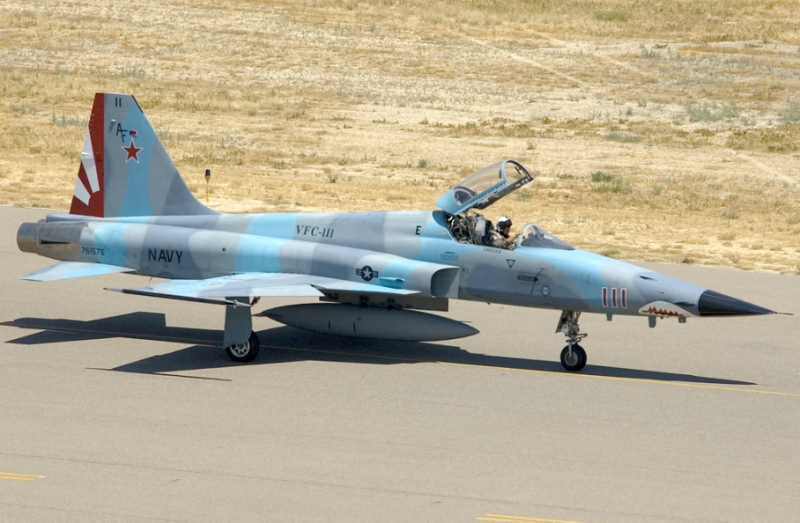
The conversion of the entire batch took about 2 years. The first flight of the upgraded F-5N made in March 2003. After the decision was made to establish a squadron at Key West, the naval command financed an additional supply of 12 aircraft.
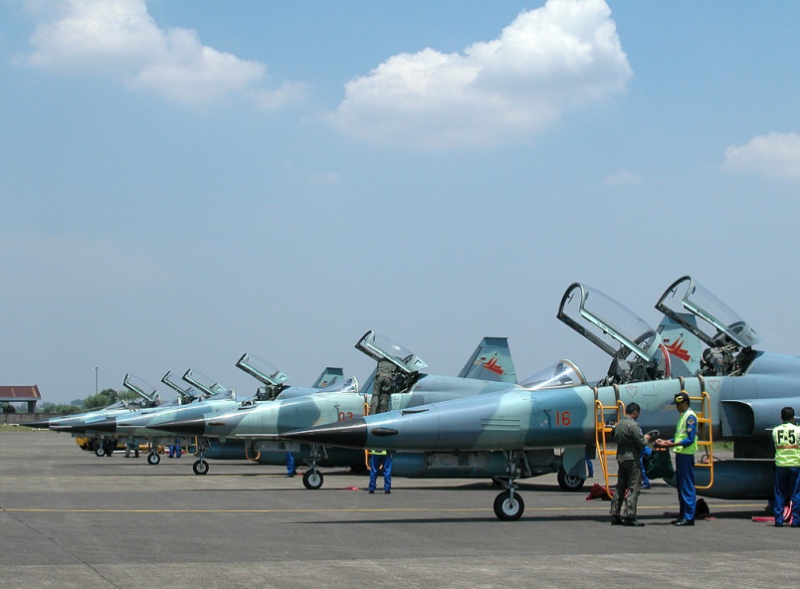
In September, 2005, the leadership of the Navy decided to retrofit a new 111 squadron of aggressors with double cars. For this, the second phase of the F-5F Sparks modernization program was launched. Currently, 111 Squadron at Key West has an 18 single and double F-5N / F airbase.
In the summer of 1994, the Key West airbase became the main springboard in preparing the military operation in Haiti. In the direction of Haiti, P-3C Orion and E-3A Sentry flew reconnaissance missions. From here, the airplanes of the “psychological operations” EC-130E Commando Solo were working, from which propaganda of propaganda bodies and radio programs was broadcast. And after the landing of the US military contingent "Key West" was used by military transport C-130H Hercules.
However, the "Key West" airbase, located close to the Caribbean island states, has been the basis for the preparation of special operations and "ideological sabotage" since the 60-s. It was from here that the first “flying television and radio stations” of the EU-121S Coronet Solo acted against Cuba.
Google Earth satellite image: B-1В bombers, KS-135 tanker and F / A-18 fighters at Key West airbase
At the airbase there is a school for training sea saboteurs, the intelligence center "South" and the regional headquarters of the coast guard. The Key West airstrip is regularly used by P-3C, P-8A, E-2C and E-2D aircraft patrolling the Gulf of Mexico and the Caribbean as part of a program to combat drug smuggling. In addition, the airbase serves as an intermediate point for flights of American combat aircraft to the Middle East.
To be continued ...
Based on:
http://military.wikia.com/wiki/Naval_Air_Station_Key_West
ttp: //lenta.ru/news/2014/02/11/buy/
http://www.arms-expo.ru/049057052048124051052057050054.html
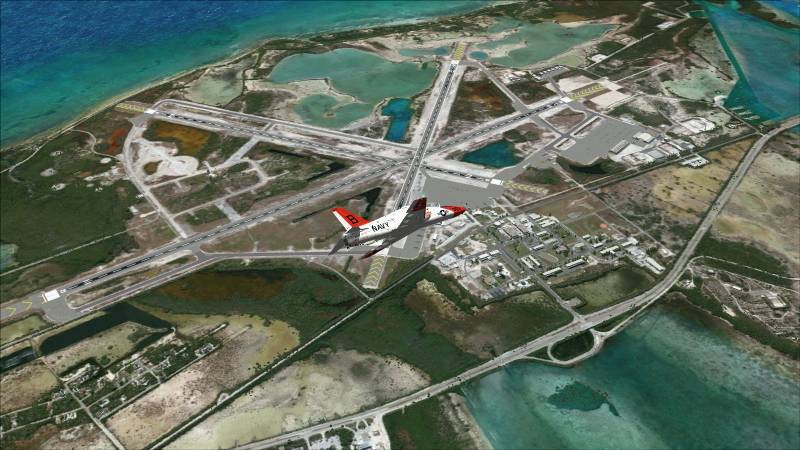
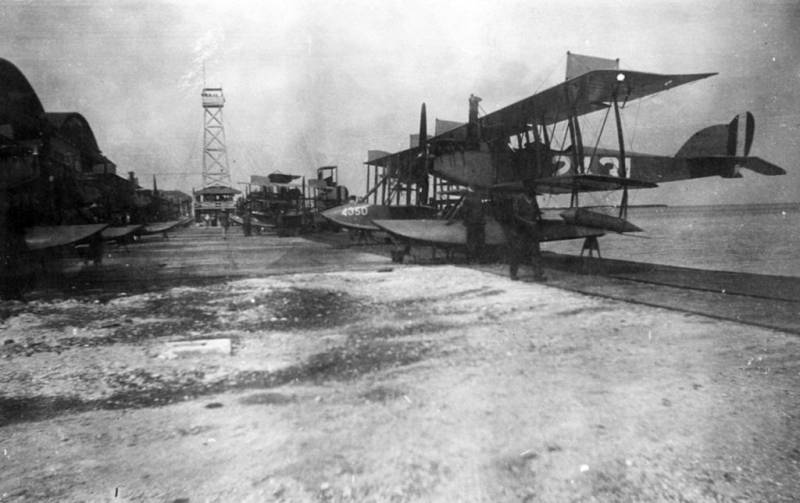
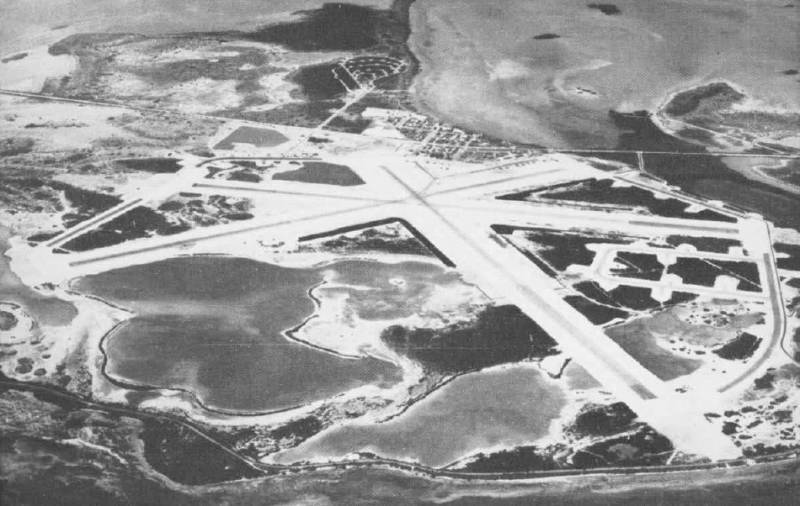
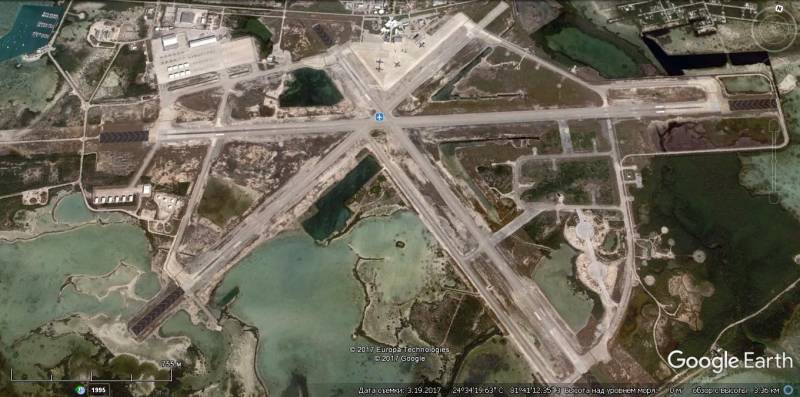
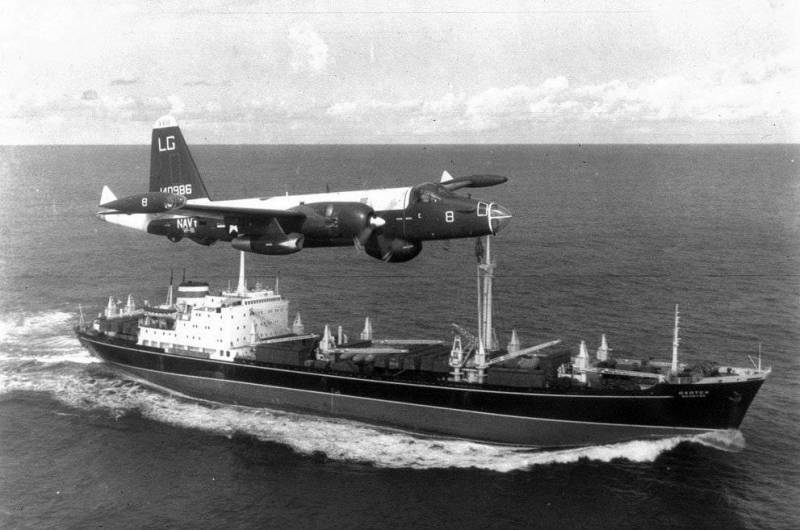
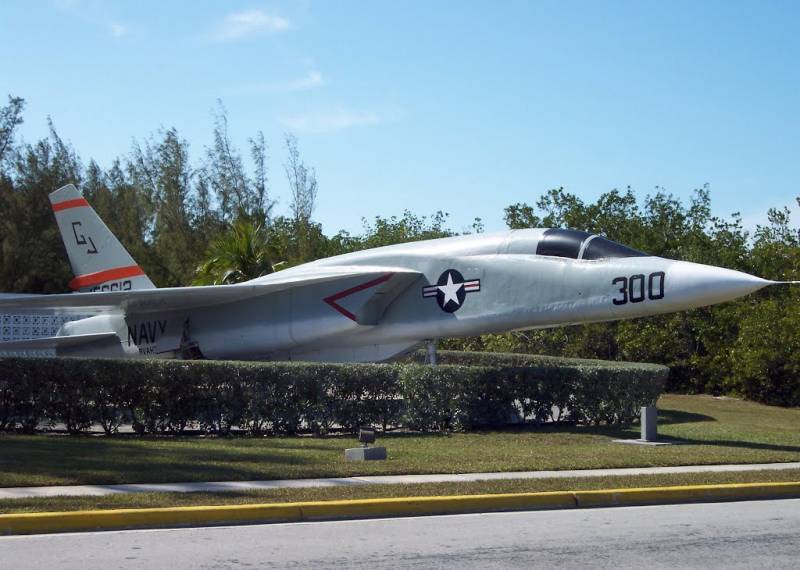
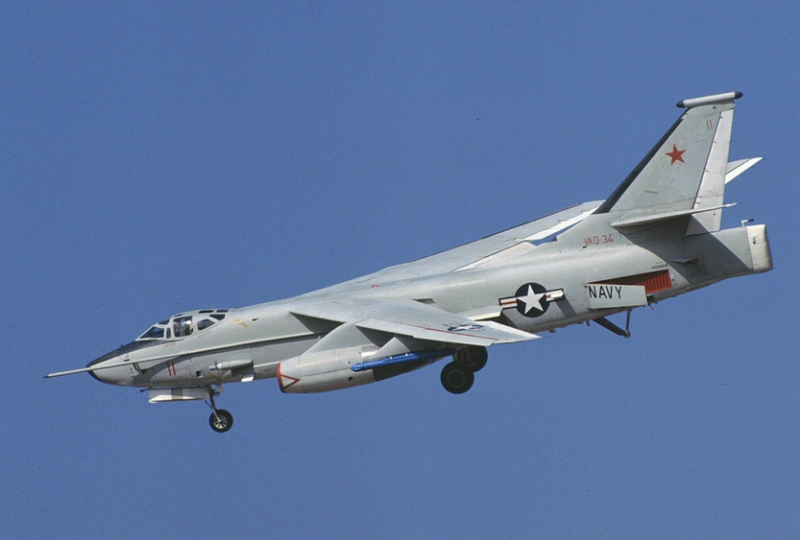
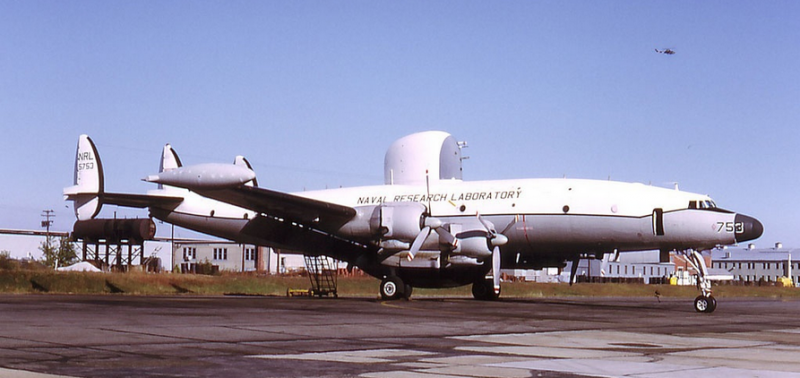
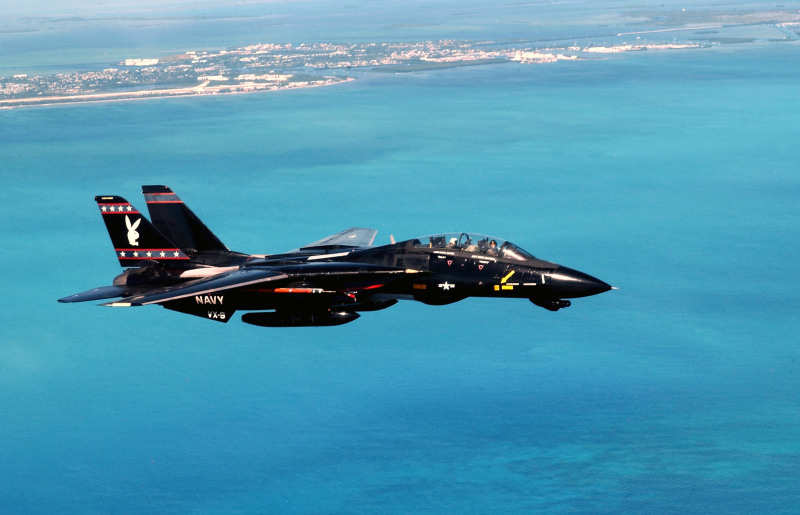
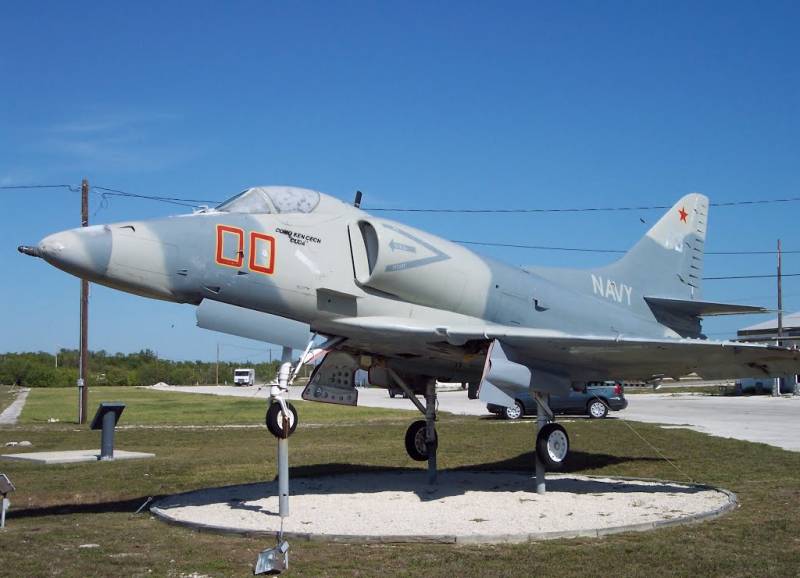
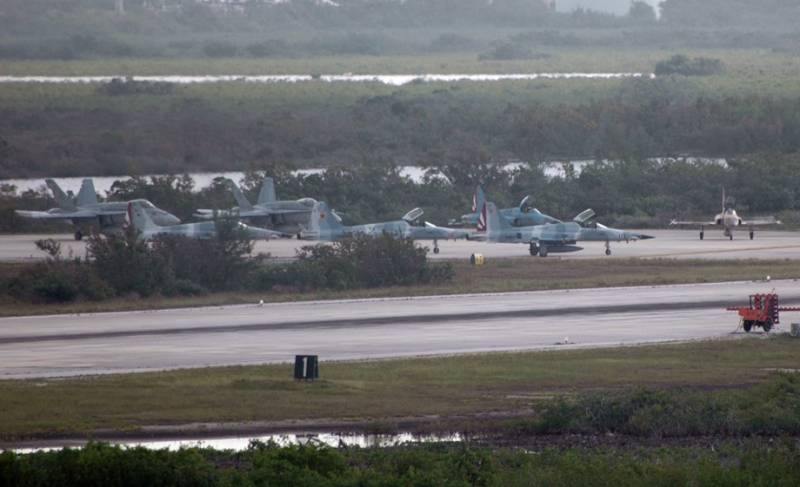
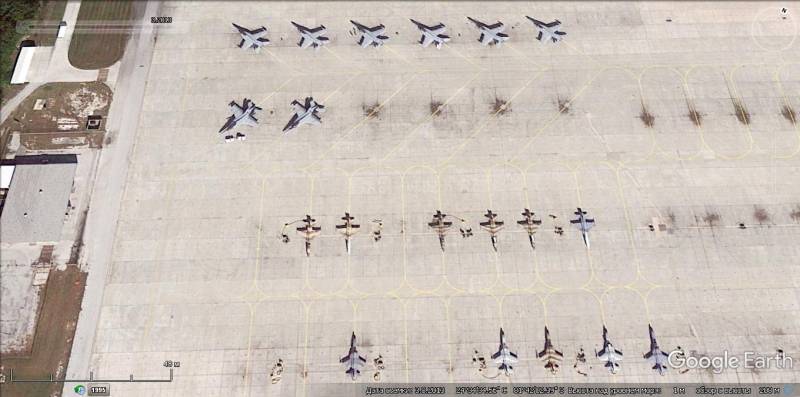
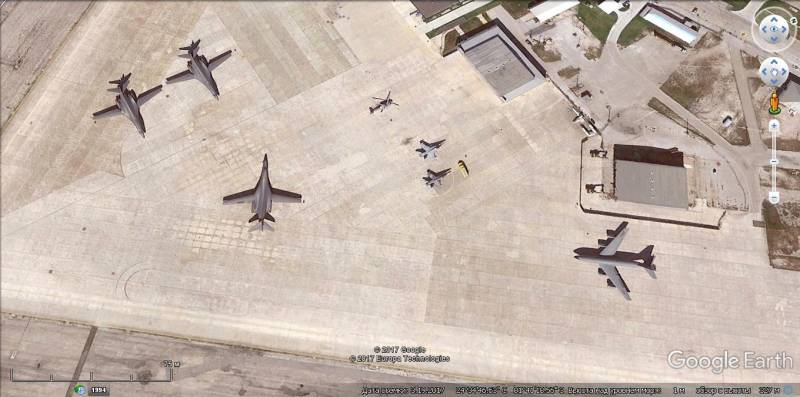
Information